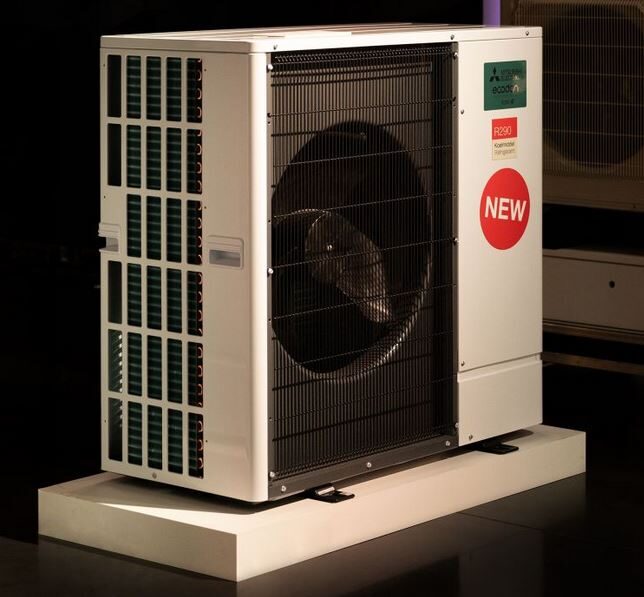Five governors-elect in states with a combined population of 26 million put forth campaign goals of 100% renewable electricity. Currently, only California and Hawaii have a deadline to move to 100% zero-carbon electricity.
The political drivers of the 100% renewables target vary by state, as reflected in campaign statements made by the candidates — now the governors-elect.
100% renewables for Colorado by 2040: Governor-elect Jared Polis said on his campaign website “I’m running on a plan to bring Colorado to 100% renewable energy by 2040; we can’t afford to wait.” The state’s current renewable portfolio standard (RPS) is 30% by 2020. (All current RPS values are from the NC Clean Energy Technology Center.)
100% renewables for Connecticut by 2050: Governor-elect Ned Lamont said on his campaign website “I support strengthening the state’s RPS to at least 35 percent Class I renewable energy sources by 2025; at least 50 percent by 2030; at least 80 percent by 2040; and 100 percent by 2050.” The state’s current RPS is 40% by 2030.
“Toward” 100% renewables for Illinois: Governor-elect J.B. Pritzker said on his campaign website “As governor, I will bring all stakeholders to the table to put Illinois on a path toward 100% clean, renewable energy and make sure that every community justly benefits during this transition.” The state’s current RPS is 25% by 2026.
“Road to 100%” renewables for Nevada: Governor-elect Steve Sisolak said in a campaign video “I am fully supportive of the ballot proposal to increase our renewable energy to 50% by 2030.” [The measure passed, but must pass again in 2020 to become law via referendum.] In fact, as governor, I’d like to get us on the road to 100%. Clean energy creates jobs. We must prepare our kids for those jobs by investing in STEM education.” The state’s current RPS is 25% by 2025.
“Virtually entirely” renewables for Maine by 2050: Governor-elect Janet Mills said, as quoted in a press report verified by campaign press secretary Will Rasky, “I believe that by 2050 we can transition to a healthy and prosperous economy relying virtually entirely on renewable energy. That’s my goal. Solar, onshore wind, offshore wind and eventually good battery storage as well as energy efficiency will get us there.” The state’s current RPS is 40% by 2017.
Other candidates for governor stated RPS goals approaching 100%, or “clean energy” goals—which many interpret to encompass natural gas combustion. The natural gas industry describes the fossil fuel as clean — disregarding its climate pollution — because its combustion emits relatively little particulate matter and less CO2 per unit of power delivered than coal.
80% renewables for New Mexico by 2040: Governor-elect Michelle Lujan Grisham said on her campaign website “I will work to pass legislation that puts us on a path to 50% renewable energy by 2030 and 80% by 2040. We will further increase demand by joining interstate energy markets and approving expanded transmission infrastructure so New Mexico can export energy to high-demand markets in Arizona and California.” The state’s current RPS is 20% by 2020.
100% “clean energy” for Oregon by 2050: Governor Kate Brown has endorsed a goal of 100% “clean energy” by 2050, as reported by the League of Conservation Voters (LCV) and verified by campaign spokesperson Christian Gaston. LCV’s press release does not define “clean energy.” The state’s current RPS is 50% by 2040, as the result of a law signed by Governor Brown.
The LCV press release stated that two other new governors also endorsed the “100% clean energy by 2050” goal, but the transition teams of the respective candidates did not verify this by press time.
This content is protected by copyright and may not be reused. If you want to cooperate with us and would like to reuse some of our content, please contact: editors@pv-magazine.com.



As people become aware of the benifits, job creation, energy security, independence, as well as economic and environmental assurance, power
brokers, economic and political, will grasp their self interest is irrevocably joined to clean more locally sourced supply. Thank you for helping keep apprised.